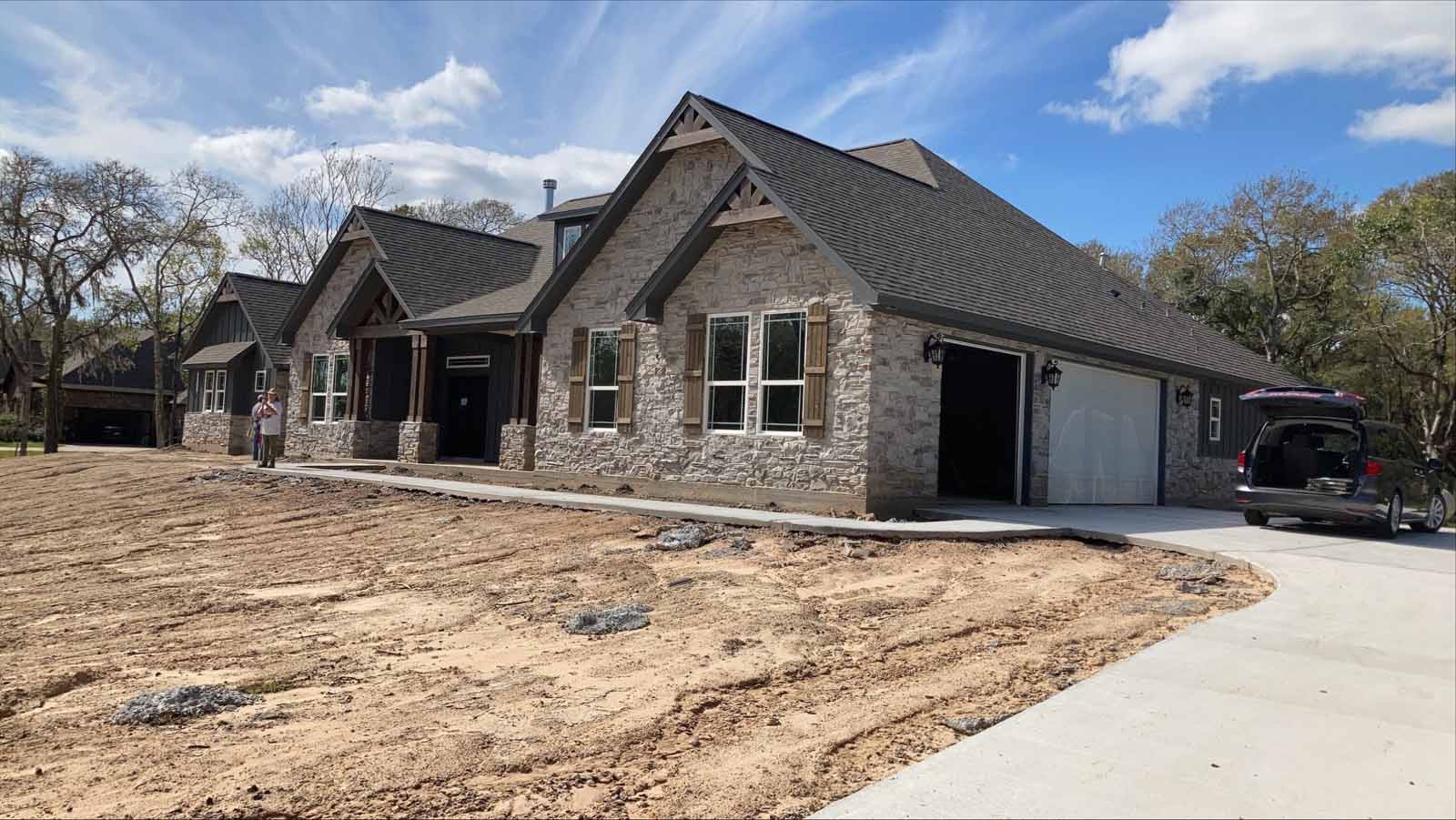Fireplace and Chimney Efficiency
In the frigid temperatures of winter, nothing sounds better than cozying up to the fireplace with a cup of cocoa. While fireplaces can be a great source of warmth during the colder months, if they are not properly maintained, they can contribute to quite a bit of heat loss in your living space.
Here are a few tips to make sure you’re maximizing your fireplace and chimney efficiency this winter:
- Keep the fireplace damper closed unless you have a fire burning. It can be easy to forget to close it when the fire has burned out but keeping the damper open can cause drafts and heat loss in the rest of the house. But be careful, it can also be easy to remember to open it when you start a fire.
- Install tempered glass doors and a heat-air exchange system that blows warm air back into the room.
- Check the seals around your fireplace flue damper—if the seals aren’t tight, you could be losing home heating through the chimney.
- Insulate your chimney. Exhaust exiting through the chimney can create creosote build-up and can decrease the efficiency of your fireplace. Liners provide maximum efficiency for your chimney and protect masonry from corrosive byproducts of the flue gases.
- Each year before it gets too cold, have your chimney properly inspected by a professional certified by the Chimney Safety Institute of America… A certified chimney inspector can offer advice to help make sure all the components of your fireplace and chimney are functioning efficiently and safely.
- Lastly, and this may seem obvious, but if you don’t use your fireplace, consult an expert and have the chimney flue plugged and sealed.
These tips should keep you warm in your house year-round. If you’d like more tips similar to these, see our Energy Saver tips on wood and pellet heating maintenance.


Recent Comments